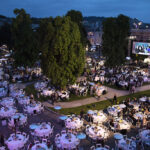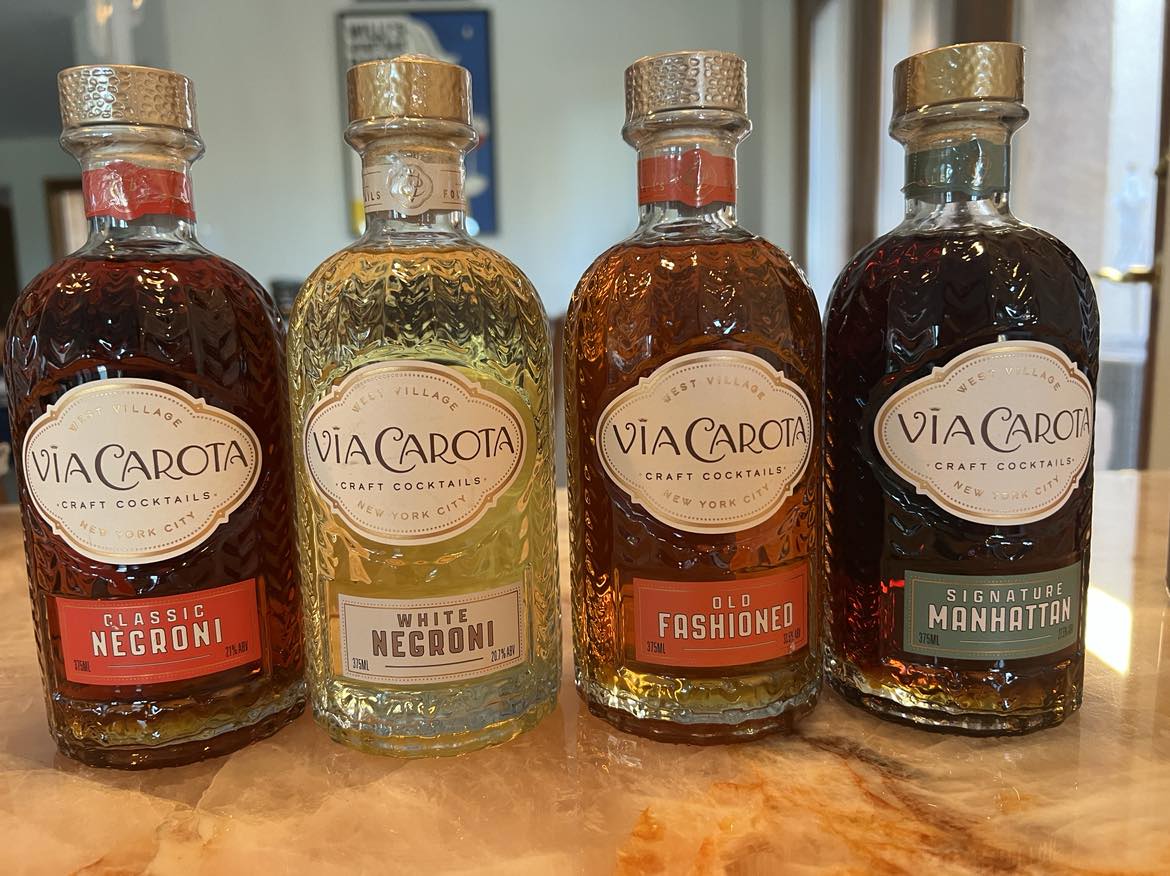Fellow Wine Connoisseurs,
Once again we had an enjoyable time with good friends and fine wines at Valencia Wine Company. At our Grape of the Night meeting we had some fine examples of the Syrah grape from many different regions and countries that provided a well rounded overview of the Syrah grape. The wines were all fantastic and allowed us to see diversity between many represented terroirs.
Syrah/Shiraz Background:
The grape varietal that we sampled is known as Syrah in France and Shiraz in Australia. In the United States, either name is applied depending on the style of the winery. Originally, the Syrah grape was thought to have its origin in Persia. The grape was called Shiraz after the name of the city it was believed to have originated from. DNA and ampelographic (field of botany that studies the identification and classification of grapevines) findings however, do not support Persia as the origin. To date, the evidence supports that Syrah grapes are from Northern France. Syrah is the offspring of two grapes from Southeastern France, the Dureza and Mondeuse Blanche. The Syrah grape should not be confused with the Petit Syrah grape which is a cross of Syrah with Peloursin grapes. The name Petite Syrah is very misleading since wines are big, bold, deeply colored and tannic unlike the Syrah or Shiraz wines.
Syrah is famous as being the primary grape in the Northern Rhone region of France and is associated with classic wines such as Hermitage, Cornas and Cote-Rotie. The Syrah grape is believed to have been brought to France during the Crusades by Guy De’Sterimberg. He lived as a hermit in his winery on a hill in the Rhone River Valley known as Hermitage. The name Hermitage means chapel andis, so named for a single chapel on this hill. Hermitage is only one hill that is 300 acres in size where the soil is granite based. The 1999 M. Chapoutier Hermitage that was served during our tasting is from this hill. Chapoutier vineyards occupy 175 of the 300 acres.
The Syrah grape was introduced to Australia in 1832 by James Bushby who brought in vines of several varieties from Europe. In the beginning, Australia used the Syrah grape for blending. Later it was finally bottled as a single varietal and called Shiraz. The late blooming nature of the Syrah grape suited the warmer growing conditions found in Australia.
Syrah grapes were introduced to California in the 1970s by a group of viticulturists known as the Rhone Rangers. Washington has also been successfully planting Syrah grapes. The climate and terroir are similar to that found in France thus providing some similarities in the wines. My experience puts the California Syrah wines in-between French and Australian versions. They tend to show similarities with both without favoring either one.
One of the key items that was noted at the tasting is that the wines from the warmer climates like Australia were sweeter, riper and fruit forward to the taste profiles. The wines from cooler climates, like the Rhone Valley of France, displayed more pepper and spice aromas in their flavor and lacked the sweetness. Don’t forget the article on acids: warmer climates result in high sugar and low acid where cooler climates result in low sugar and high acid. When grapes are grown in warm climates, the residual sugars are higher than those in cooler regions. By having so much sugar available for the yeast to consume during fermentation the wines in regions like Australia can not only achieve high alcohol content but also maintain a substantial level of sweetness. As an example, the 2008 Mollydooker ‘The Boxer’ from Australia has an alcohol content of 16% yet still maintains a level of sweetness where the 1999 M. Chapoutier Hermitage from France had an alcohol content of 13.5% and was not as sweet but rather dry. What this means is that the grapes from Australia have a lot of residual sugar compared to the grapes from France. Even though French wines are drier, meaning most of the sugar has been converted to alcohol, the French grapes were not as high in sugar content when picked to produce the alcohol level reached by the Australian wines.
Typical aromas and flavors from Syrah/Shiraz wines are raspberries, blackberries, blueberries, pepper, plum, leather. Sometimes notes of licorice, bitter chocolate and mocha can be detected.
We were very lucky to have Denise Lowe, fellow wine blogger and educator, in attendance who has written an evaluation of the wines tasted. Following is Denise’s blog, http://goddessofvino.blogspot.com/2010/02/wining-in-valencia.html#more. I encourage you to read it and compare your own notes, but remember we all have different palates and noses so there is no right or wrong answer.
Conclusion:
I was very pleased with the showing of people and many examples of Syrah/Shiraz wines that were selected from Valencia Wine Company. This provided a great platform for everyone to see the effects of different terroirs and climates on the Syrah grape.
Alcohol content seemed to be a topic at the meeting. Syrah wines from the US were in-between France and Australia when it came to alcohol content and sweetness. Does this mean that it would be safe to say that the temperatures the grapes are grown is directly proportional to the alcohol content and sweetness of the wine? Not necessarily, remember that other factors come into play such as when a winery decides to pick the grapes as well as when they decide to stop the fermentation process. The key thing is how much sugar is available in the grape at harvest.
Here is an overview by the Rhone Rangers on the Syrah grape to help remember its characteristics and roles in the wine world:
“During the Roman occupation of Gaul you rose to fame as a captive vine turned gladiator. Your legend grew in the spartan competition of Northern Rhône amphitheaters. But little did the Romans know; you had more than just brute tannic power. Behind your fiery, spicy attitude there was the soul of a great leader. You outlasted the Romans and eventually ruled the Rhone Valley from the hill of Hermitage. But your greatest victory was to come in the New World, as emperor of the masses ‘Down Under’. Never one to rest on past laurels, you have set your sights on America. It is only a matter of time before you conquer this continent, leading the charge of an imposing legion known as the “Rhone Rangers”.”
The next meeting will be on March 8, 2010 at 7:00 PM at Valencia Wine Company and the grape of the night will be Merlot. I would like to thank everyone for attending. I would especially like to thank Valencia Wine Company for their hospitality and sponsoring our group. Guy and Julie did a great job making sure that everyone was attended to. I also want to thank Vic, not only as a great friend but a great asset to the group. We were blessed to have Vic as well as Denise and Guy to provide insight and direction into the Syrah style of wine. Last but not least, I want to thank my editor, Eve Bushman, for her support and help on keeping the group informed and active in what we like best…WINES!
In closing, remember this is a learning experience so look for unique wines that you are not familiar with. The goal is to expand our knowledge of wines and I feel that we are definitely going in the right direction. So keep searching as there are many unique and unusual wines to challenge us and I look forward to seeing all of you soon for our next adventure.
Cheers,
Rusty Sly











JD and I had so much fun! Looking forward to seeing you on 3/1 for Merlot!
Thanks Denise. I really appreciated you help and involvement. Next GOTN, we can eliminate the the oppinions that Miles gave this wonderful grape. I know of no one that would turn down a glass of Petrus.